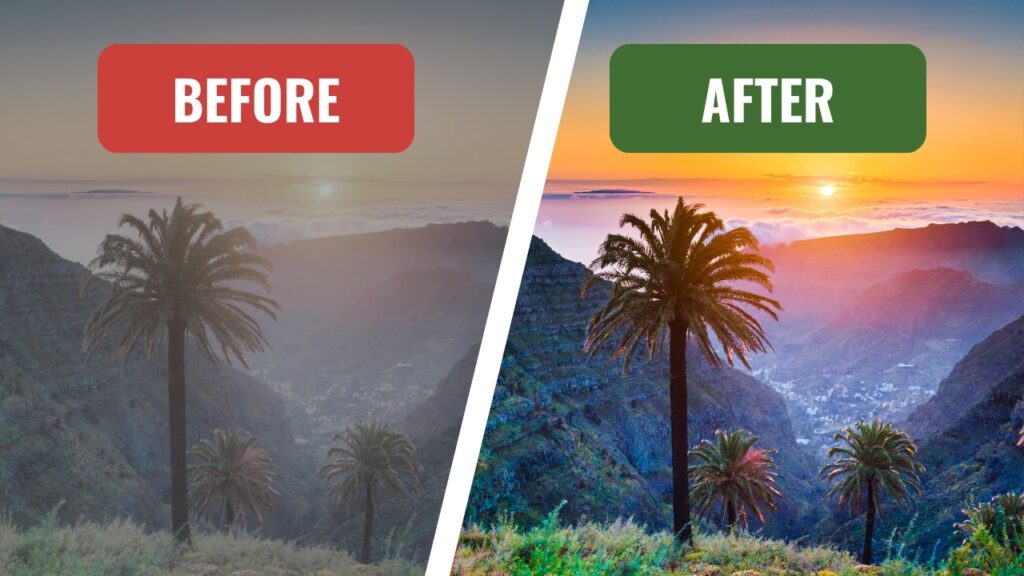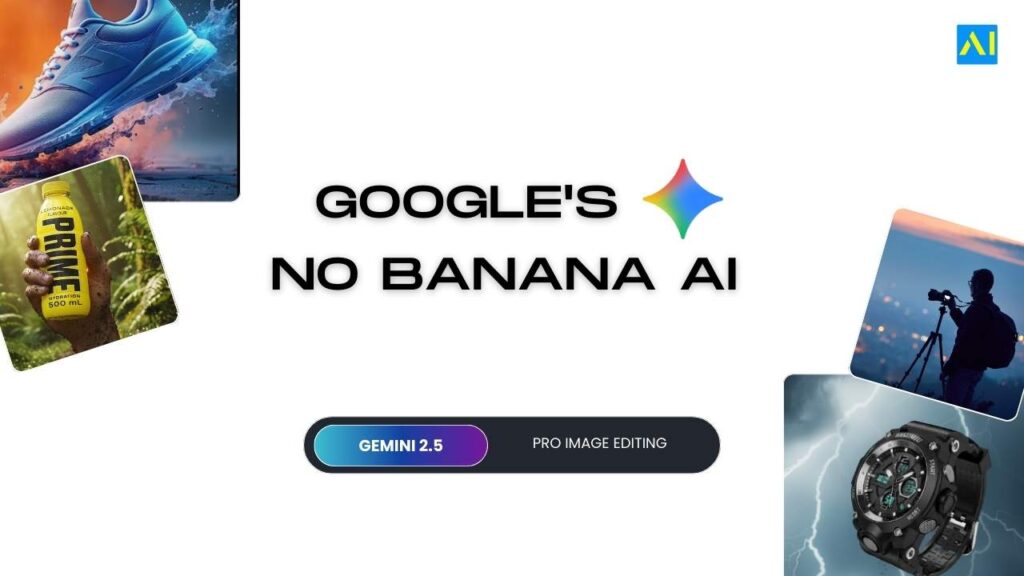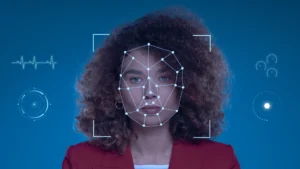Google has released a new photo editing feature within its Gemini platform, called “Nano Banana” AI.
The tool is officially called Gemini 2.5 Flash Image and is intended to make edits on photos faster, sleeker, and more realistic than traditional software.
AI image generators are might be in danger after Google’s this unbeatable launch.
Axios was first to report the rollout and stated Nano Banana is Google’s bid to capitalize on the expanding AI image editing market.
The model performs edits and can apply complex changes like background changes, outfit changes, and merger images in a matter of seconds.
The Economic Times reported that the updated Nano Banana is available now for both web and mobile to free and paid Gemini users around the world and is one of Google’s most ambitious attempts at creative AI since releasing Gemini earlier this year.
How Nano Banana Works
The tool lets you type instructions or combine a mix of photos to create new images with no seams.

Google explained in its developer blog that Nano Banana allows you to do multi-turn editing, meaning you can take the results and then step-edit, almost like talking with your photos.
Real-world applications demonstrate its capabilities. The Indian Express examined the system by taking a realistic selfie with Bollywood’s Shah Rukh Khan.
The AI merged the images but kept the identity and lighting to make the photo believable.
A thorough analysis from PC Gamer indicated that Nano Banana is created to sustain character consistency so users still see themselves even when scenes or attire are edited.
This differentiates it from older AI technologies that often distorted faces during the extreme edits.
Why It is Important
Experts say Nano Banana could disrupt traditional photo editing software. A report in Meristation referred to the tool as a, “Photoshop in an instant,” alluding to the ability to delete, swap, or fuse images in seconds.
Google has also incorporated safeguards into the system. Edited images will include visible markers and an unseen SynthID watermark to identify AI imagery.
The Washington Post reported that the issue remains with detection of deepfakes and Google has alluded that responsible use will be paramount.
What’s Next!
By incorporating Nano Banana into Gemini, Google is betting that casual users and professionals alike will be inspired by AI-based creativity.
This technology greatly reduces the cost of high-quality editing. For anyone who needs to create marketing visuals, social media images, or even personal photographs, design skills aren’t a barrier to using this application.
As AI continues to transform the industry of creativity, Google’s release of Nano Banana signifies that the company is keen to lead the market for image generation that is accessible, reliable and quick.
Whether or not it becomes a true competitor to existing editing software will depend on the uptake from users in the months to follow.



